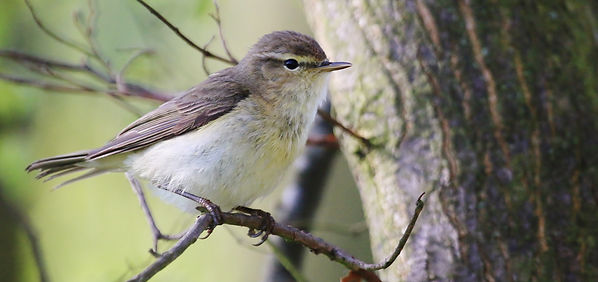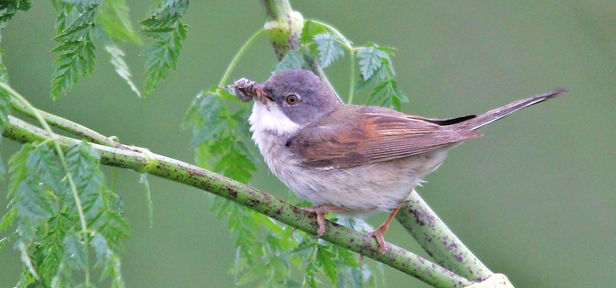Direct dial telephone: Tony Bird - 07715 931826

BIRDS
All birds and their nests are protected by various UK and international legislation, some a lot more stringently than others,
so, always check before embarking on a project you know to have birds and/or a potential for active birds' nests.

Typical Bird Surveys
Breeding Bird Surveys (BBS)
Conducted between April and June. The ornithologist follows predetermined transect routes, noting the numbers and behaviours of every species of bird encountered en-route.
Breeding birds and their nest sites can be plotted accurately and thus avoided.
Vantage Point Surveys (VPS)
Conducted all year round. The ornithologist surveys the project site from predetermined points for a set length of time over a set number of days. This builds into a comprehensive insight into bird movements within the site.
Wintering Bird Surveys (WBS)
Conducted between October and March, the ornithologist builds a dataset of which birds actually over-winter on the project site.
Other more specialist bird surveys that I conduct are:
Populations Surveys - Waterfowl Surveys - Breeding Wader Surveys - Upland Surveys -
Specific Single Species Surveys - Monitoring Studies and Habitat Suitability Studies


Barn owls
The barn owl is probably the most iconic bird of the countryside and the bird most planning authorities actively seek within survey reports, especially when old barns or rural buildings are being impacted.
Barn owls, their nest sites, eggs and chicks are all protected by UK law under the
Wildlife & Countryside Act 1981 (as Amended): Schedules 1, 3 & 9.
As stated within the Act, barn owls are listed as a schedule 1 bird, this provides them with additional protection, which makes it a criminal act to: disturb them while they are nesting, building a nest, or near a nest that contains their eggs and/or young. It is also an offence to disturb their dependent young.
To determine whether barn owls are present on your site a four step survey approach is carried out;
-
Step 1: Desk Study: to assess the likely presence of barn owl in the area.
-
Step 2: Scoping Survey to identify features within the landscape which are broadly suited to barn owls.
-
Step 3: Conduct a field survey to determine which of the features identified in Step 1 offer potential nest sites, roost sites and habitats for foraging.
-
Step 4: Nest Site Verification Survey.
If barn owls are found on the project site then mitigation procedures will be necessary.
Mitigation measures should be in place at the site before any development works begin, including site clearance, so give yourself plenty of time to have a barn owl study completed.
Further information: https://www.gov.uk/wild-birds-surveys-and-mitigation-for-development-projects
